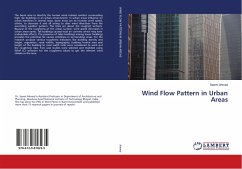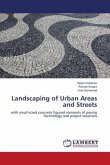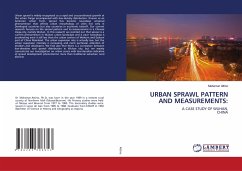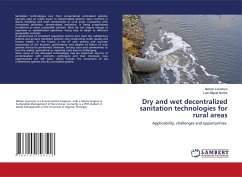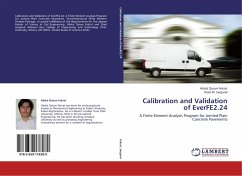The book aims to identify the human wind related comfort surrounding high rise buildings in an urban environment. In urban areas influence on winds manifests in several ways: some areas act to increase wind speed, others, to decrease it and all acting to alter wind directions from the overriding weather pattern. The cities are about the roughest surfaces. Because of the roughness of the urban surface, wind speed decreases in urban areas varies. Tall buildings caused local air currents which may have undesirable effects. The presence of taller buildings among lower buildings provides the potential for causes windiness in surrounding areas. For the research purpose various roughness indicators like building density and height, vegetation, road widths, topography, building frontal area and height of the building to road width ratio were considered to work out the roughness class. Two case studies were selected and modeled using WAsP 8.2 software for the roughness values to get the relevant wind climate in the area.
Bitte wählen Sie Ihr Anliegen aus.
Rechnungen
Retourenschein anfordern
Bestellstatus
Storno

